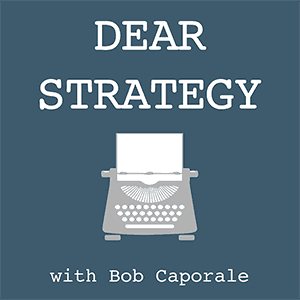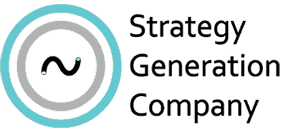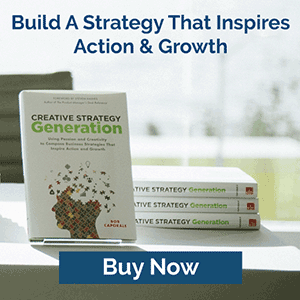Dear Strategy:
“What tools or metrics can you suggest to help build high confidence that one made the right choices around a new product – more specifically, if the market is changing faster than product design cycles?”
There are several layers to this question; tools, metrics, choices, and, of course, speed to market. Inevitably, we’ll get to all of these things throughout the course of this series, but, for now let’s focus on this question of speed or, as this question quite eloquently states – the market changing faster than product design cycles.
The implication here is that a company’s development process might move slower than the market. With today’s ever-changing technology, this is a more common problem than ever – but it is not one without a solution. And that solution lies in matching the right type of development process to your overall product strategy.
There are two basic types of development processes. The more traditional of these is called a Waterfall process. This type of development involves taking an idea for a fully-baked product through a series of decision and design gates from idea through to delivery.
An alternative to Waterfall is to use an Agile development process. Agile is an iterative development process and, as such, is usually more applicable to software and technology products that can be released to the market a feature at a time. In this case, each feature (or small set of features) is typically developed as a release utilizing 2 – 6-week design “sprints,” and with each release being fully functional on its own. In this way, design cycles will not only allow you to keep up with market demands, they can actually help you create them.
Of course, just through the brief descriptions above, it should be apparent that the development process must be matched to the type of product that you are creating. For example, using an Agile process on a complex tangible product could result in a non-functioning product being launched into the marketplace because certain critical features were left out. On the other hand, using a Waterfall process on a software app may result in slow design cycles and a product that is obsolete before you ever had a chance to release it to your customers.
All of this is to say that the product strategist needs to not only understand the different development processes that are available, but must also choose and budget for the right process as an integral part of the product strategy. Unfortunately, in many companies, product managers do not have any say in the type of development process that is used. But it is definitely time for that to change. And if it doesn’t, companies will always run the risk of joining the race long after its already started.
Listen to the podcast episode
Dear Strategy: Episode 004

###
Bob Caporale is the author of Creative Strategy Generation and the host of the Dear Strategy podcast. You can learn more about his work by visiting bobcaporale.com.




